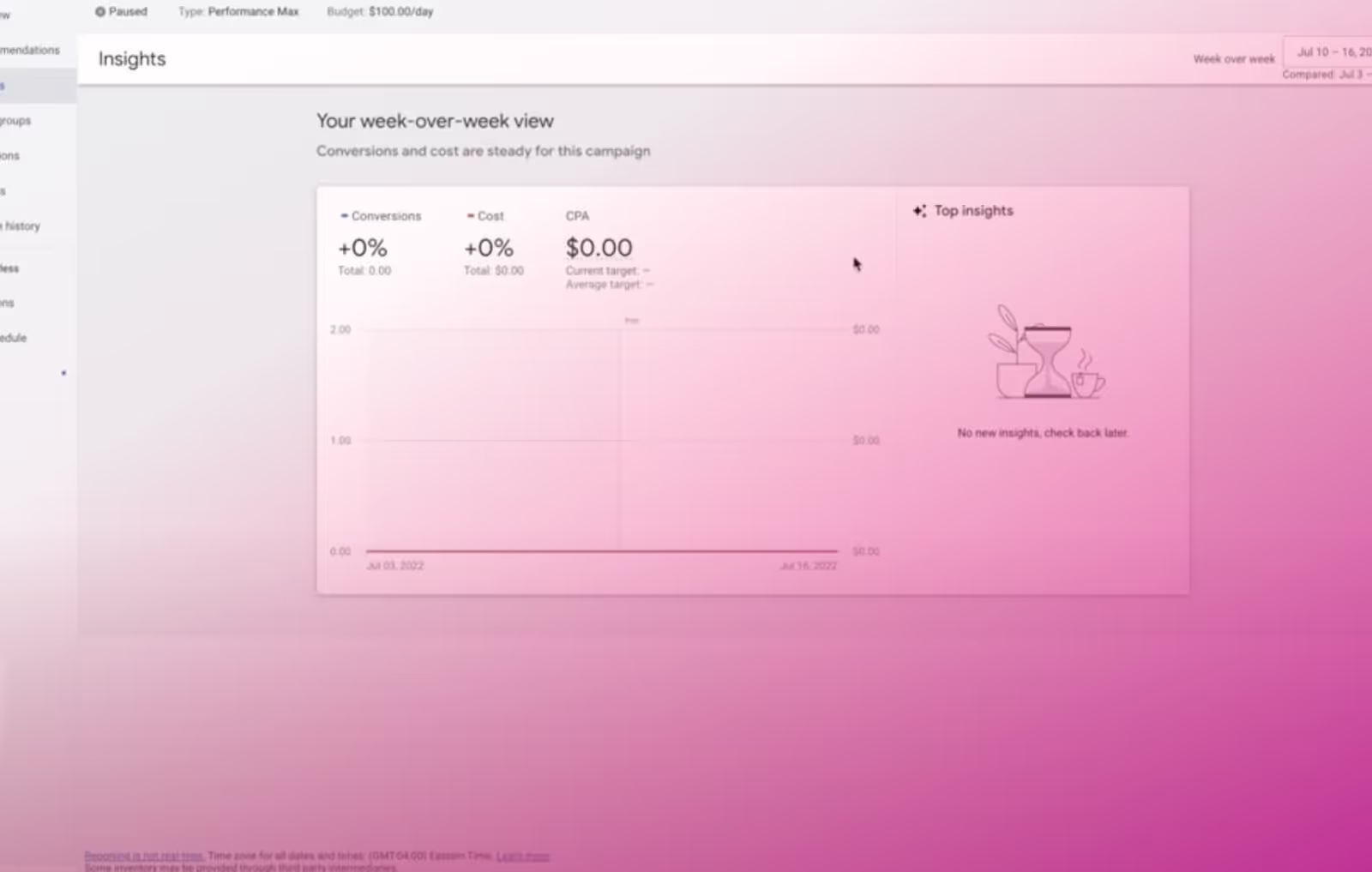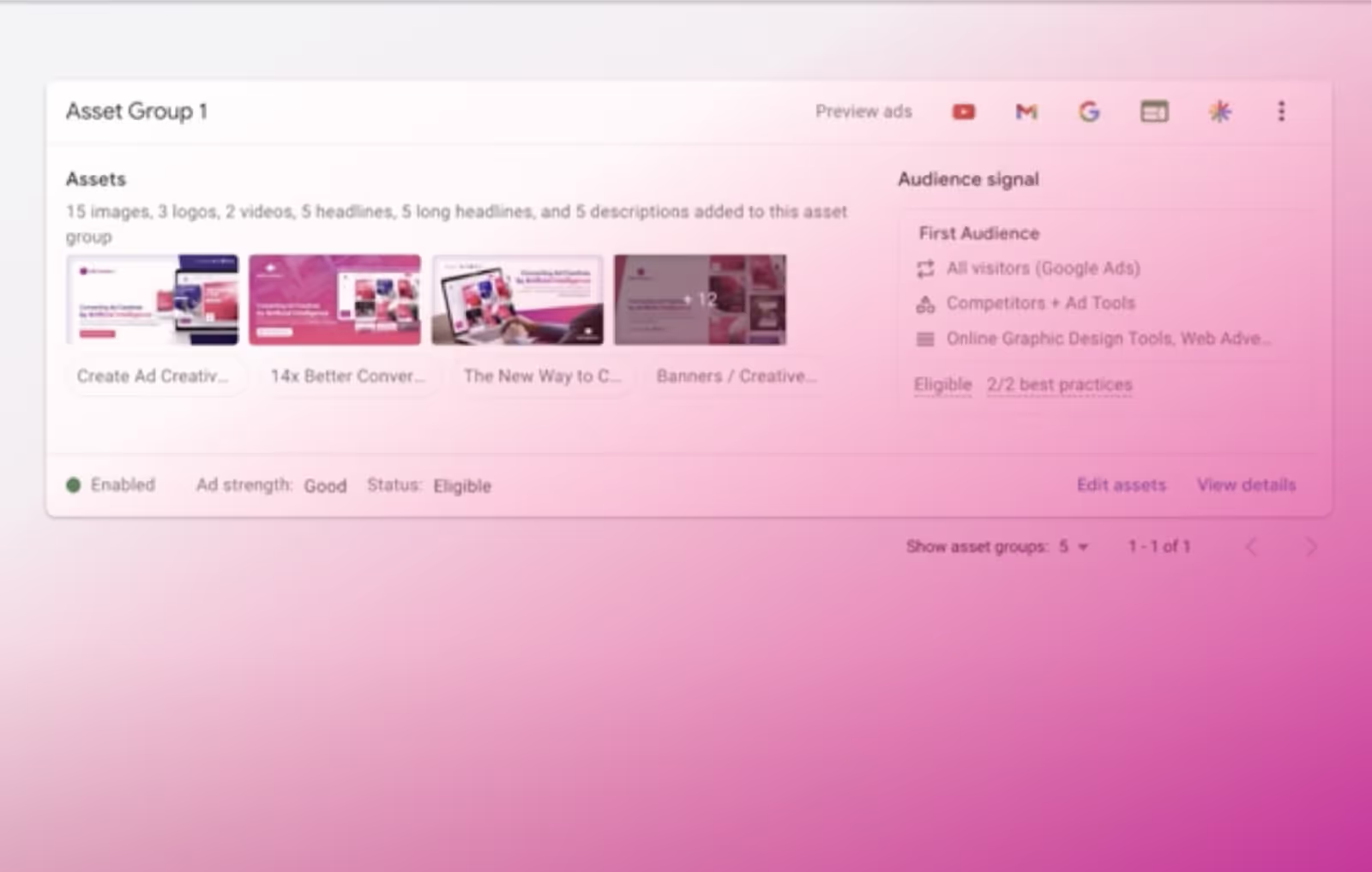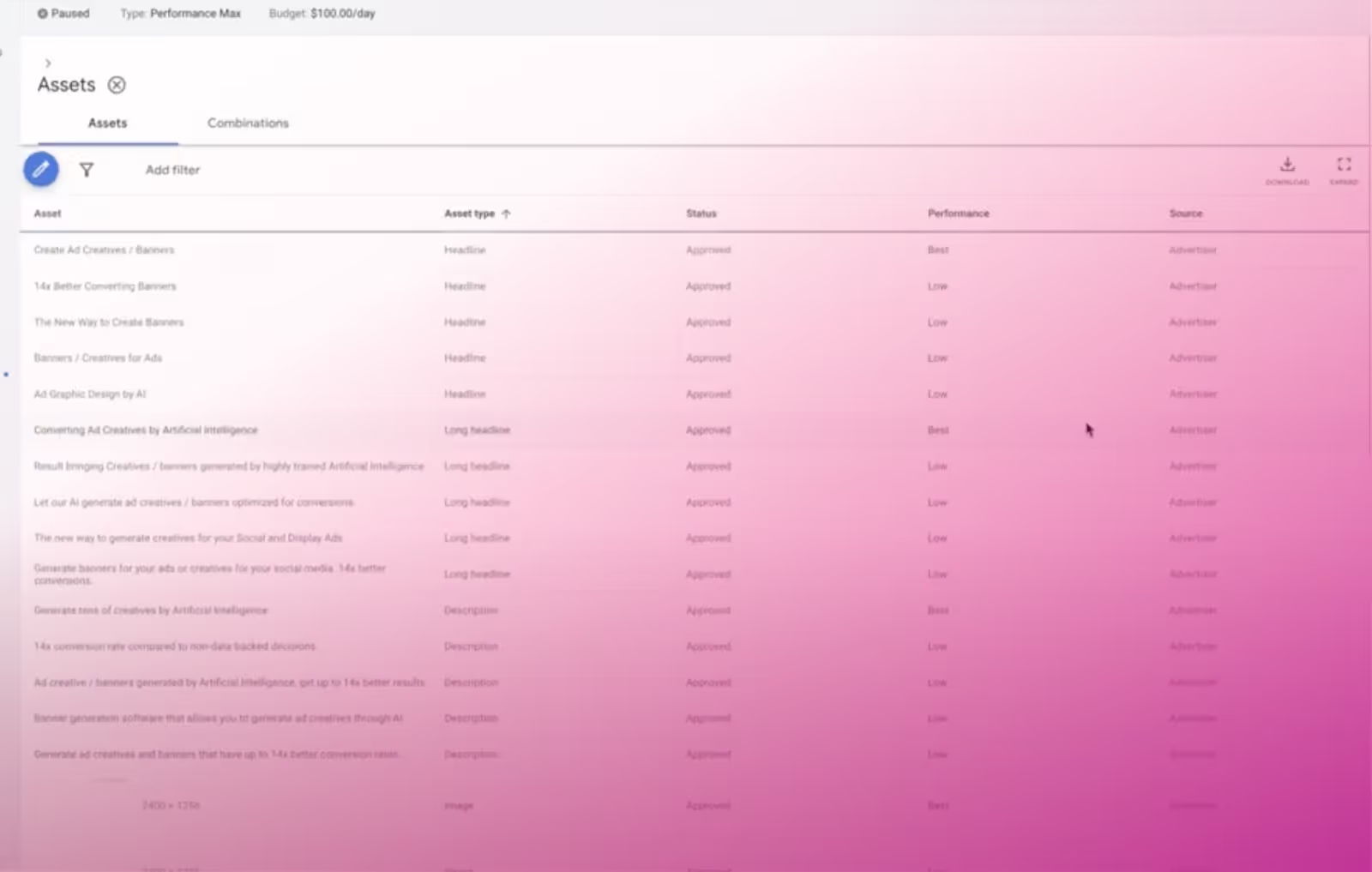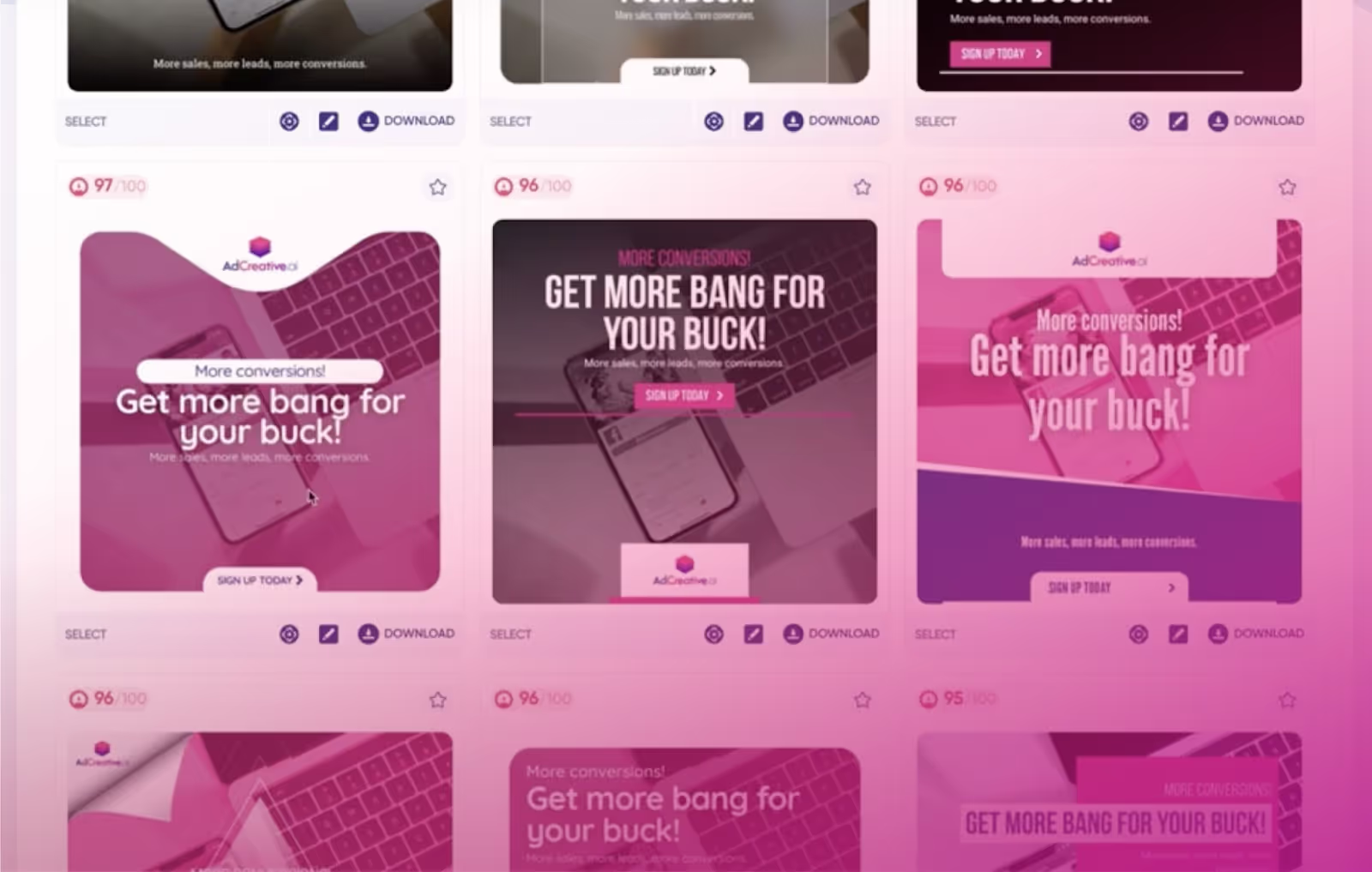Jako reklamodawca musiałeś słyszeć o Google Performance Max, jednak wokół niego krąży wiele negatywnych opinii.
Jest to oczywiste, ponieważ przyjęcie czegoś nowego zawsze wiąże się z pewnym oporem. Co więcej, w tym konkretnym przypadku Google wykonuje większość ciężkich zadań za Ciebie, więc reklamodawcy czują, że tracą kontrolę nad aspektami, za które ludzie im płacą!
W tym artykule poznamy niektóre z łatwiejszych sposobów optymalizacji tej kampanii pod kątem niesamowitego ROAS.
Te techniki optymalizacji mogą przyczynić się do sukcesu lub porażki kampanii, dlatego należy postępować zgodnie z nimi. Nie będziemy zagłębiać się w szczegóły objaśnień i konfiguracji Google Performance Max. Jeśli chcesz dowiedzieć się więcej o konfiguracji, zapoznaj się z tym artykułem.
Jeśli chcesz dowiedzieć się więcej o generowaniu leadów, powinieneś zapoznać się z tym artykułem, który szczegółowo omawia ten temat.
Według Google, ich najnowsza kampania reklamowa - Google Performance Max (co brzmi jak nazwa gadżetu, a nie kampanii reklamowej!) jest uniwersalna.
Twierdzą, że jest to jedna z najlepszych technologii automatyzacji w kilku modelach reklamowych, takich jak ustalanie stawek, targetowanie, atrybucja itp. w celu pomocy reklamodawcom w zwiększaniu konwersji.
W swoim dokumencie pomocniczym stwierdzają również, że został zaprojektowany tak, aby działał dobrze w różnych celach marketingowych i kanałach medialnych.
Ale czy jest to święty Graal dla reklamodawców? Dowiedzmy się, co sądzą o tym reklamodawcy
Pierwsza optymalizacja, której potrzebujesz - Audience Signals Insights
Najpierw musisz przejść do swoich statystyk. Karta statystyk znajduje się poniżej rekomendacji na pulpicie nawigacyjnym Google Performance Max.

Możesz sprawdzić, które sygnały od odbiorców, które przekazałeś Google, pochłaniają większość pieniędzy przeznaczonych na kampanię.
Dzięki statystykom można uzyskać realistyczne wyobrażenie o tym, kto zapewnia wyższą konwersję, a którzy odbiorcy marnują pieniądze, choć zapewniają kilka kliknięć.
Jednym z najprostszych sposobów na naprawienie tego jest przejście do grup zasobów poniżej widoków i kliknięcie przycisku edycji zasobów.
Kliknij 3 kropki i kliknij sygnały odbiorców

Musisz to zoptymalizować, aby zaoszczędzić pieniądze. Powodem, dla którego Google prosi o sygnały od odbiorców, jest poznanie grupy docelowej. Bez podania tych informacji algorytm uczenia maszynowego może poświęcić więcej czasu i pieniędzy na znalezienie odpowiednich odbiorców poprzez eksperymentowanie.
Na przykład, jeśli jesteś właścicielem restauracji i chcesz reklamować swoje pizze, spróbuj znaleźć ludzi, którzy kochają pizze i którzy szukają pizzy w Twojej okolicy. To logiczne i proste. Jeśli więc Google otrzyma ten sygnał od Ciebie, może lepiej zoptymalizować Twoją kampanię.
Również w sekcji statystyk, jeśli widzisz grupę osób, które często klikają w Twoją reklamę, ale nie konwertują, dobrym pomysłem byłoby usunięcie tej grupy zamiast tracić pieniądze.
W tej sekcji, jeśli widzisz wiele sygnałów (wielu odbiorców), możesz usunąć kilka, które nie działają dla Ciebie, jednak jeśli nie masz wystarczającej liczby sygnałów, dobrym pomysłem jest dodanie większej liczby sygnałów i usunięcie tych, które nie działają dla Ciebie.
Nie zapomnij go zapisać!
Jest to pierwsza optymalizacja, którą powinieneś wykonać, aby przynieść natychmiastowe rezultaty!
Rozszerzenia nie są dobrze skonfigurowane Jak to zoptymalizować?
Nawet jeśli reklamodawcy dobrze zestawili grupy zasobów, głównym problemem, który często napotykamy, jest słaba definicja linku do witryny, objaśnienia, fragmentu struktury i ceny. Dlaczego warto się tym przejmować?
Wyobraź sobie, że Twoja agencja ma dwóch klientów, którzy działają w tej samej branży. Możliwe, że szukają tych samych słów kluczowych, tego samego rodzaju treści i wszystkiego, co musi być kopią siebie nawzajem. Jaka jest więc różnica?
Nawet zgodnie z dokumentacją Google, rozszerzenia są kluczowymi czynnikami wyróżniającymi dla tego rodzaju firm.
Kiedy jasno zdefiniujesz swoje rozszerzenie, Twój wynik optymalizacji znacznie wzrośnie. Opiera się on wyłącznie na tym, ile wartości dostarczasz użytkownikowi, upewniając się, że ten aspekt jest również dobrze zoptymalizowany.
Dobrym pomysłem jest również testowanie A/B swoich rozszerzeń, szczególnie w przypadku cen. Odkryliśmy, że w przypadku naszego produktu SAAS im więcej opcji cenowych dajesz swoim potencjalnym klientom, tym lepiej on działa.

Optymalizacja biblioteki zasobów dzięki mocy sztucznej inteligencji. Szybko

Jedną z najtrudniejszych części reklamowania się za pomocą tego rodzaju kampanii jest liczba kreacji i kopii reklam wymaganych do uzyskania pożądanych wyników. Google Performance Max może poprosić o 20 różnych wariantów i może to być trudne zadanie dla każdego zespołu projektowego w agencji, zwłaszcza przy liczbie klientów, którymi trzeba zarządzać.
Aby sprostać temu wyzwaniu, narzędzia takie jak AdCreative.ai są niezbędne dla każdego reklamodawcy, ponieważ w ciągu kilku sekund można wygenerować setki skutecznych kreacji reklamowych wraz z różnymi wariantami kopii reklam.

Jeśli klikniesz bibliotekę zasobów i sprawdzisz zasoby, zobaczysz, które z nich działają dobrze, a które nie. Prostym sposobem na zmianę tego stanu rzeczy jest usunięcie zasobów z "niskimi" wynikami i zastąpienie ich zasobami podobnymi do zasobów z wysokimi wynikami. Wszystko to można zrobić z poziomu AdCeative!
Wszystko, co musisz zrobić, to połączyć swoje konto Google Ad i uzyskać wszystkie informacje na temat swoich skutecznych kreacji na karcie statystyk kreacji.
Alternatywnie możesz ręcznie zaktualizować pulpit zasobów Google Performance Max, jak wspomnieliśmy wcześniej.
Twórz filmy lub przygotuj się na bardzo brzydkie filmy generowane automatycznie przez Google!
Tak, dobrze słyszałeś. Jeśli nie dodasz żadnych filmów do kampanii, będzie ona automatycznie generować filmy przy użyciu Twoich kreacji i tekstu. Przypomnijmy, że Google Performance Max najprawdopodobniej wygeneruje brzydkie filmy w formacie slajdów, które mogą nie być angażujące, a wręcz przeciwnie, mogą zaszkodzić Twojej marce.
Dlatego zalecamy, aby kampania zawierała kilka filmów (które można utworzyć za pomocą bezpłatnych narzędzi, takich jak Lumen 5).
Aby uzyskać optymalne wyniki, należy przesłać filmy na swój kanał YouTube, a następnie wrócić i przesłać link do biblioteki zasobów.
Pamiętaj, że Google Performance Max działa również na kanałach takich jak Youtube i innych platformach wykorzystujących treści wideo, więc warto mieć filmy w swojej bibliotece zasobów.
Nie mów, że cię przed tym nie ostrzegaliśmy!

Wnioski
Google Performance Max może zapewnić imponujące wyniki w zależności od tego, jak dobrze zoptymalizowana jest kampania. Przestrzeganie tych technik optymalizacji zapewni Twojej kampanii optymalną wydajność. Teraz możesz z pewnością Max out, i oh, nie zapomnij Adcreative.ai jest koniecznością!




